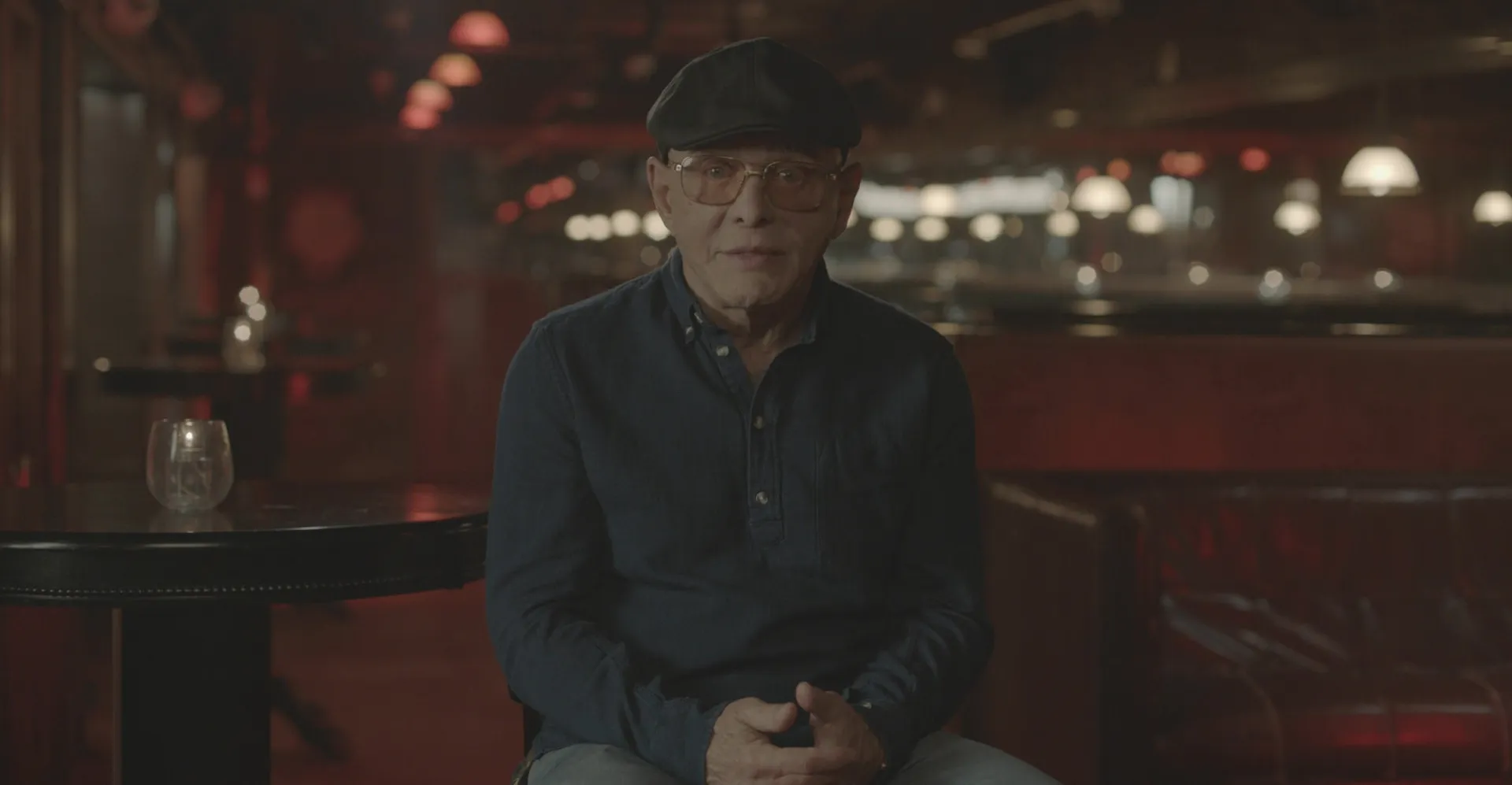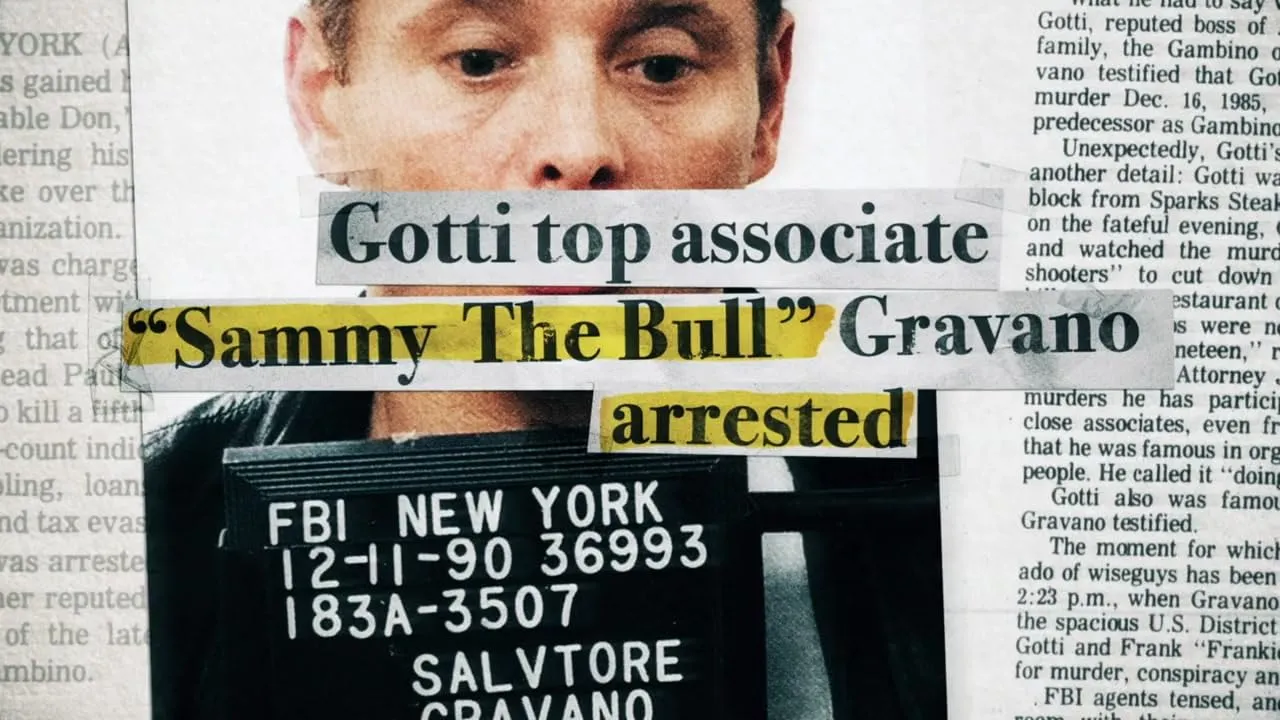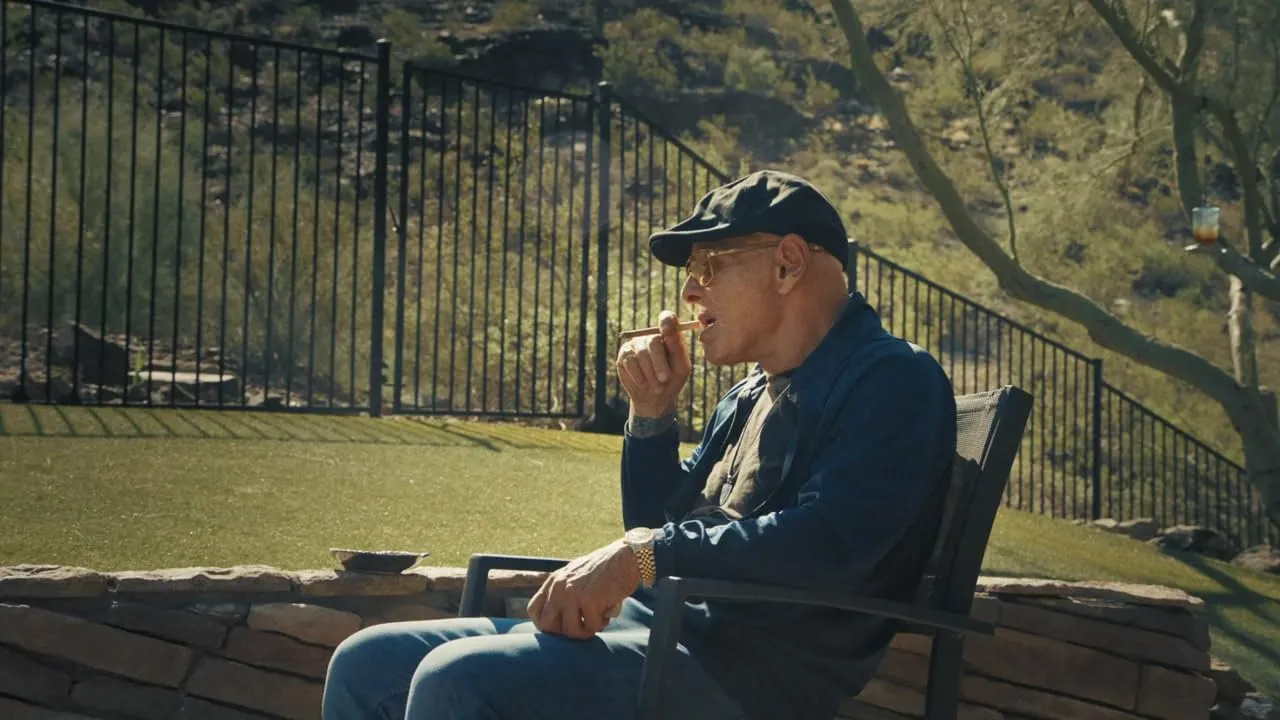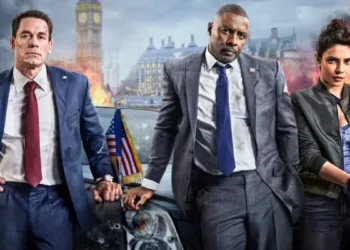The documentary brings real-life figures to the forefront, centering on a notorious former gangster and his family caught between a past steeped in organized crime and a later chapter marked by dangerous ambition.
The film opens with a compelling portrayal of Sammy “The Bull” Gravano—a man known for his controversial transformation after years of criminal involvement—who now faces the repercussions of a legacy defined by violence and betrayal.
Following his exit from witness protection, the narrative turns to his son Gerard, whose venture into the ecstasy drug scene in Phoenix sets off a tense rivalry with English Shaun. This conflict is painted against the backdrop of the energetic nightlife and the raw atmosphere of a drug-fueled era.
Throughout the film, personal stories and accounts from those involved offer a window into the pressures of living up to a notorious family name. The shifting scenes—from intimate confessions to dramatic reenactments—convey the conflicting emotions of regret, defiance, and the allure of risk.
The film manages to capture moments that stir both a sense of danger and a reflective calm, inviting the viewer to consider how personal history and ambition shape the course of lives steeped in criminality.
From the Mafia’s Shadow to a Desert Frontier
Sammy “The Bull” Gravano is a name that stirred up many headlines in New York. His role as a key figure in the old mob world is marked by an infamous decision to testify against powerful crime figures, a move that reshaped his life and set him on a new course under state protection. His story holds a prominent place in the annals of organized crime and has had lasting repercussions on the families involved.
When Sammy moved to Phoenix, Arizona, the backdrop of a dry, sunbaked desert replaced the crowded streets of New York. The relocation was driven by both security concerns and the need for a fresh start, far removed from the heat of mob retribution. This shift in location brought a dramatic change in atmosphere, one that altered personal trajectories and reshaped criminal ambitions.
At the same time, the local scene was transforming with a surge in the popularity of all-night events and electronic music. The rapid rise of an illicit market for a popular club drug created new opportunities for those seeking fast profits. Phoenix emerged as a setting for a bitter rivalry, pitting established criminal ties against emerging operations driven by youthful exuberance and risk-taking.
Changes in lifestyle and culture were hard to ignore. Traditional criminal methods met modern tactics in a collision of values that would influence every decision made. Increasing efforts by federal and local law enforcement added extra pressure, forcing those involved to take desperate measures and reflect on past choices.
In the Spotlight: Key Figures in the Narrative
Sammy “The Bull” Gravano stands out as a figure whose past ignites both fascination and unease. His history in the organized crime world is well-known, yet his later years reveal a man who speaks with unwavering confidence about a life marked by violent decisions and hard-earned survival.
On screen, he presents a persona that mixes bravado with hints of inner conflict—a man who defends his choices while hinting at regrets buried beneath decades of notoriety. His interactions with his children paint a picture of complicated family ties, where the weight of a dangerous legacy continues to influence their paths and choices.
Gerard Gravano, caught in the shadow of his father’s actions, faces a personal struggle that is as intense as it is relatable. His entry into the drug trade appears driven by both the desire for personal distinction and the lure of criminal success.
The film captures his inner turmoil as he juggles the ambition to prove himself against the consequences that come with embracing a life modeled after a notorious figure. His character reflects the internal battle between personal aspiration and the cost of following a dangerous blueprint.
English Shaun, also known as Shaun Attwood, offers a stark contrast with his background rooted in a modest British upbringing. His transition from a hopeful stockbroker to a dominant player in the ecstasy market in Phoenix is marked by a rapid rise that mirrors his strong-willed nature.
His leadership and the network he establishes highlight a different kind of criminal efficiency. Shaun’s rivalry with Gerard unfolds as a clash of methods and motivations, with his practical approach serving as a counterpoint to Gerard’s conflicted determination.
Other supporting characters, including family members and trusted associates, provide further depth by sharing intimate perspectives and highlighting moments of tension that enrich the overall narrative.
Narrative Structure and Storytelling Techniques
The film employs a series of in-depth interviews that capture the personal reflections of its subjects, allowing us to listen to firsthand accounts of their choices and motivations. These interviews serve as windows into the minds of individuals who have lived a life of notoriety and ambition.
Alongside these conversations, the movie makes use of archival material and staged scenes that recreate pivotal moments from a turbulent past. This combination lends a palpable sense of history, offering viewers a grounded perspective on events that have shaped the characters’ lives.
The presentation splits into two main threads. One focuses on the past of a renowned mob figure and the lasting impact of his decisions, while the other follows the contemporary saga of a rising drug operation. This dual approach highlights the personal struggles intermingled with the details of criminal ventures, creating a layered narrative that speaks to both the human condition and the operational side of illicit activities.
The film’s running time, a crisp 90 minutes, keeps the story brisk yet detailed. Memorable lines and direct statements punctuate the film at key moments, giving us clear insights into the characters’ inner thoughts. Phrases delivered by the subjects emerge as anchors within the story, reminding us of the stakes involved and the personal cost of the choices made.
Visually, the stark desert settings contrast with the dynamic energy of nocturnal urban scenes, establishing a visual dialogue between isolation and chaos. The music and sound effects play a significant role in evoking the mood of each scene, enhancing the overall impact on the audience. The film manages to assemble various elements into a coherent narrative, prompting viewers to question how past actions continue to mold present realities.
Themes and Cultural Implications
Gerard’s struggle with his family name takes center stage as he battles the weight of his infamous heritage. Growing up in the shadow of a well-known criminal figure, his ambitions are clouded by conflicting desires: the urge to make his own mark and the pull of a legacy that many find hard to escape.
His character shows how personal history shapes choices in ways that can lead to both daring moves and costly setbacks. The film also examines the tough image often expected in such circles, as characters adjust their public demeanor to fit an ideal of strength while dealing with inner doubts.
The story presents the ecstasy trade as a shortcut to rapid wealth and high visibility, yet it does not hide the eventual toll on those involved. We see a clash between the lure of quick profits and the inevitable legal and personal repercussions that follow risky behavior.
The tension within the family is palpable as loyalties are tested and trust is compromised, painting a picture of how personal relationships can suffer in the pursuit of power and money.
There is a stark contrast between the old criminal traditions of New York and the fast-evolving scene in the desert city. The gritty, established practices of mob life are set against the energetic, chaotic world of a modern drug market.
This difference is highlighted by the character of English Shaun, whose modest beginnings in Britain bring a unique perspective to the fray. His outsider status appears to feed both his ambition and a sense of isolation from more traditional circles.
At moments, characters justify their actions with a mix of pride and resignation, offering glimpses into a mindset where remorse and rationalization coexist. This examination invites us to consider how personal codes of conduct and societal pressures shape behavior, leaving us to ponder the long-term effects of choices driven by ambition and desire.
Cinematic Techniques and Production Values
Directors Elli Hakami and Julian P. Hobbs demonstrate a clear artistic vision shaped by years of documentary work. Their approach features a measured delivery that records a high-stakes criminal saga without resorting to overblown theatrics.
The film presents its narrative through carefully selected interviews and well-placed visual elements, reflecting a thoughtful construction of the story.
The use of archival footage injects a sense of authenticity, providing historical markers that ground the unfolding events. Staged reenactments, at times bordering on conventional tropes, offer viewers recreated moments that clarify the timeline of events.
Camera work captures the harsh light of the desert contrasted with lively urban scenes, and thoughtful set design enhances the overall atmosphere. These visual choices contribute significantly to the immersive quality of the film.
Editing plays a central role in balancing multiple narrative strands, blending personal testimonials with wider criminal activity into a single, engaging piece. The film sustains a brisk tempo that mirrors the rapid operations in the ecstasy trade while granting pauses that allow emotional beats to settle. Key pieces of dialogue emerge naturally during these pauses, reinforcing the impact of each character’s story.
Sound design complements the visual narrative with a curated selection of music and ambient audio that marks the shift between intense sequences and quieter moments of reflection. This auditory layer draws viewers into the experience, supporting the visual storytelling and heightening the overall mood. The interplay of these techniques leaves open questions about the relationship between stylistic choices and the audience’s emotional reaction.
Final Reflections
The film offers a multi-layered exploration of crime, legacy, and the personal cost of ambition, where the collision of intimate family histories and criminal exploits forms a complex narrative. It examines how the imprint of a notorious past continues to shape the identities and choices of those involved.
By presenting raw interviews alongside evocative visuals, the work prompts viewers to question what it means to live under the weight of a storied reputation.
One of the notable aspects is how the movie provokes thought about the nature of redemption. The struggles faced by characters, burdened by the actions of their forebears, encourage an examination of whether transformation is possible once a path is set. The depiction of rapid criminal success coupled with profound personal loss invites comparison with other works in the genre that have addressed the challenges of legacy and ambition.
The layering of personal regrets with a palpable sense of danger leaves a lasting impact on the viewer. This blend of personal narrative and high-stakes criminal drama invites ongoing reflection on how past choices continue to mold present realities, leaving us with an open query about the true cost of power and notoriety.
The Review
Sons of Ecstasy
Sons of Ecstasy delivers a thoughtful look at the personal cost of criminal ambition and the weight of legacy. The mix of candid interviews and striking visuals builds a layered narrative that captures raw emotion alongside a brisk criminal saga. Though it treads familiar ground, the film offers fresh insights through honest storytelling and precise direction.
PROS
- Engaging personal narratives
- Strong visual storytelling
CONS
- Familiar thematic elements
- Occasional over-reliance on reenactments





















































